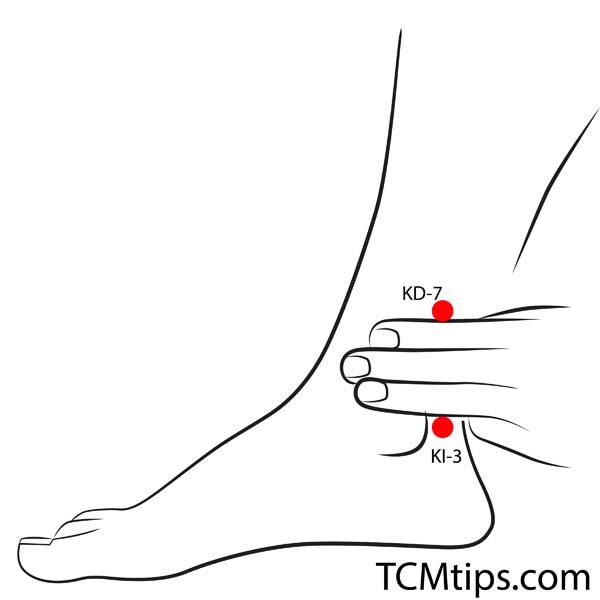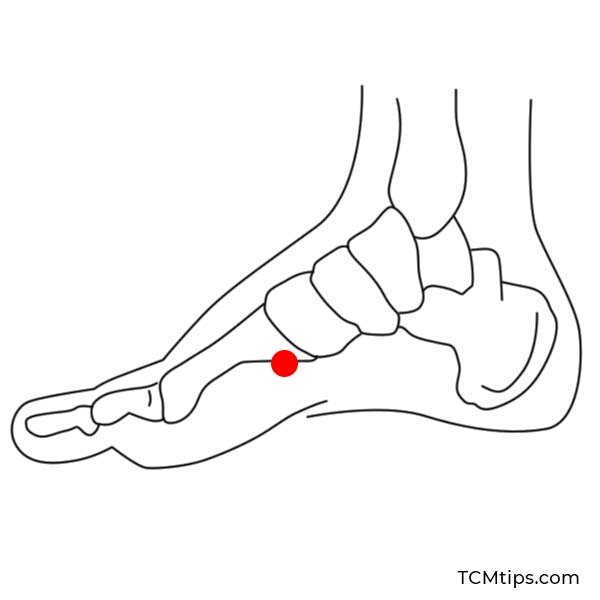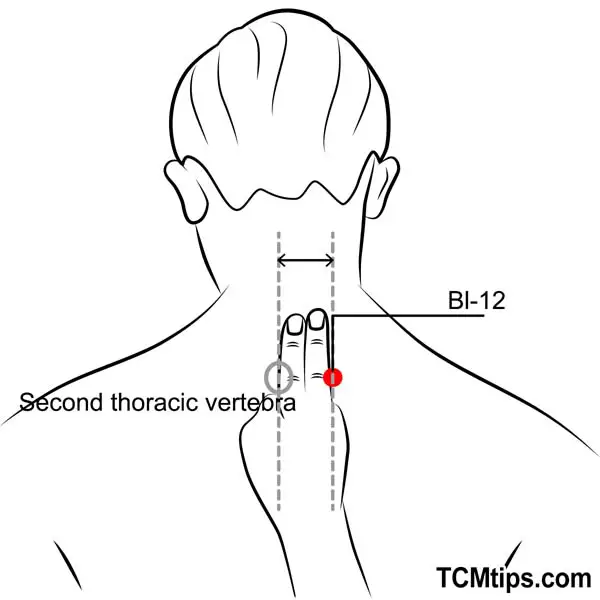Can This New Medication Lower Heart Failure Risk for Millions?
Heart failure affects millions of people, significantly impacting their quality of life. What if a diabetes medication could reduce hospitalizations and deaths for these patients? That’s the promising news from a recent study on tirzepatide, a drug traditionally used to treat type 2 diabetes. The results suggest that it could play a major role in helping heart failure patients manage their condition more effectively.
Study Overview: How Tirzepatide Could Transform Heart Failure Treatment
The research involved 731 participants across multiple countries who were diagnosed with heart failure with preserved ejection fraction (HFpEF)—a type of heart failure where the heart pumps normally but is still unable to meet the body’s needs. Patients were split into groups receiving either a placebo or various doses of tirzepatide over several months. The objective? To observe whether tirzepatide could reduce hospitalization rates and deaths caused by cardiovascular complications.
Key Findings from the Study
The results were compelling. Participants taking tirzepatide experienced:
- 38% lower risk of cardiovascular events compared to the placebo group.
- Significant reduction in hospitalization rates, especially for those with more severe symptoms.
- Improved exercise capacity, meaning participants could engage in daily activities with less fatigue.
- Weight loss of up to 15%, an important factor since obesity is a common complication in heart failure.
These findings suggest that tirzepatide isn’t just beneficial for blood sugar control; it has a positive effect on overall heart health as well.
Methodology: How Was the Study Conducted?
This randomized, double-blind, placebo-controlled study lasted for 52 weeks. Participants were randomly assigned to receive either a placebo or one of several tirzepatide dosages. The study’s primary outcomes were the number of heart failure hospitalizations and cardiovascular-related deaths. Secondary outcomes included changes in weight, exercise tolerance, and quality of life.
- 731 patients enrolled, each with obesity and HFpEF.
- Tirzepatide doses ranged from 5 mg to 15 mg per week.
- The results were measured using a combination of patient-reported symptoms, weight changes, and objective health markers.
This rigorous methodology gives weight to the findings, offering new hope for those struggling with heart failure.
Why Weight Loss Matters in Heart Failure
One surprising benefit was the drug’s impact on weight. Obesity is a major risk factor in heart disease, and losing weight can reduce the heart’s workload, alleviate symptoms, and improve overall health outcomes. Many patients in the study lost over 15% of their body weight, which likely contributed to the improved heart function and reduced hospitalizations observed.
How Acupressure Can Support Heart Health: TCM Tips
While medications like tirzepatide are critical for managing heart failure, Traditional Chinese Medicine (TCM) offers complementary approaches to support cardiovascular health naturally. Acupressure, a key element of TCM, can help alleviate heart-related symptoms and promote better circulation. Here are three effective acupressure points to consider:
1. Kidney 7 (KD-7) – Returning Current Point

Located on the inner side of the lower leg, about 2 inches above the ankle bone, KD-7 is known for its ability to regulate water metabolism and strengthen the kidneys. In TCM, the kidneys are closely connected to cardiovascular health and fluid balance, which are critical in heart failure management.
How to apply:
- Use your thumb to press the point gently.
- Hold for 2-3 minutes and then switch to the other leg.
2. Spleen 4 (SP-4) – Grandfather-Grandson Point

Found on the inner arch of the foot, just below the big toe, SP-4 helps alleviate digestive issues and strengthens the spleen, which is essential for blood production and circulation. Proper blood flow is key to reducing the heart’s workload.
How to apply:
- Press the point using firm pressure for 2 minutes on each foot.
- Massage gently in a circular motion.
3. Bladder 12 (BL-12) – Wind Gate Point

This point is located on the back, about 2 fingers’ width away from the spine at the level of the second thoracic vertebra. BL-12 is known to boost immunity, release tension in the chest, and support lung health, making it ideal for relieving symptoms like shortness of breath.
How to apply:
- Sit comfortably and use your fingers to apply steady pressure to the point.
- Hold for 2 minutes, then release.
For a deeper dive into how these acupoints can benefit heart health, check out our detailed guide on acupressure for the heart.
Takeaway: A Multi-Faceted Approach to Heart Health
Tirzepatide shows great promise in reducing hospitalizations and deaths for heart failure patients, but it’s just one piece of the puzzle. Pairing this treatment with holistic approaches like acupressure can further support cardiovascular health and enhance overall well-being. As always, consult your healthcare provider before starting any new treatment, whether it’s medication or TCM practices.
If you’re managing heart failure, staying informed and exploring all your options—both Western and Eastern—can empower you to make the best choices for your health.
 P. Sze
P. Sze 














